Terrible kitchen habits you really need to STOP
Cooking clangers
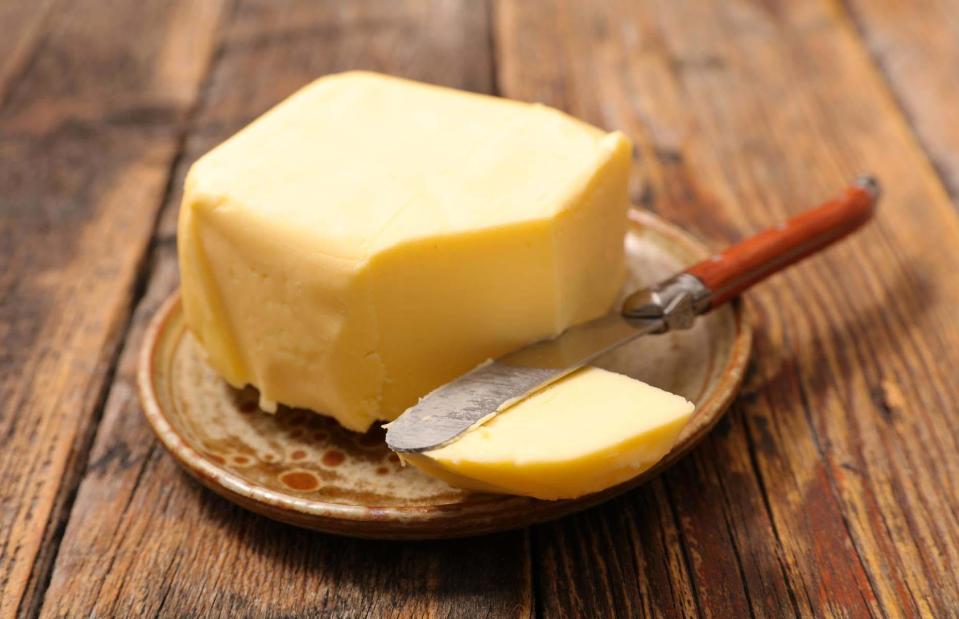
margouillat photo/Shutterstock
From ruining non-stick pans by using metal tools to guessing baking measurements and only part-reading recipes, a few bad kitchen habits can add up to a heap of cooking disasters. While some are just down to impatience and laziness, others are downright dangerous – and should be avoided at all costs. These are some of the most common bad cooking habits you might not even realise you have.
Read on to discover 30 bad cooking habits you need to break right now.
Not reading the recipe in advance
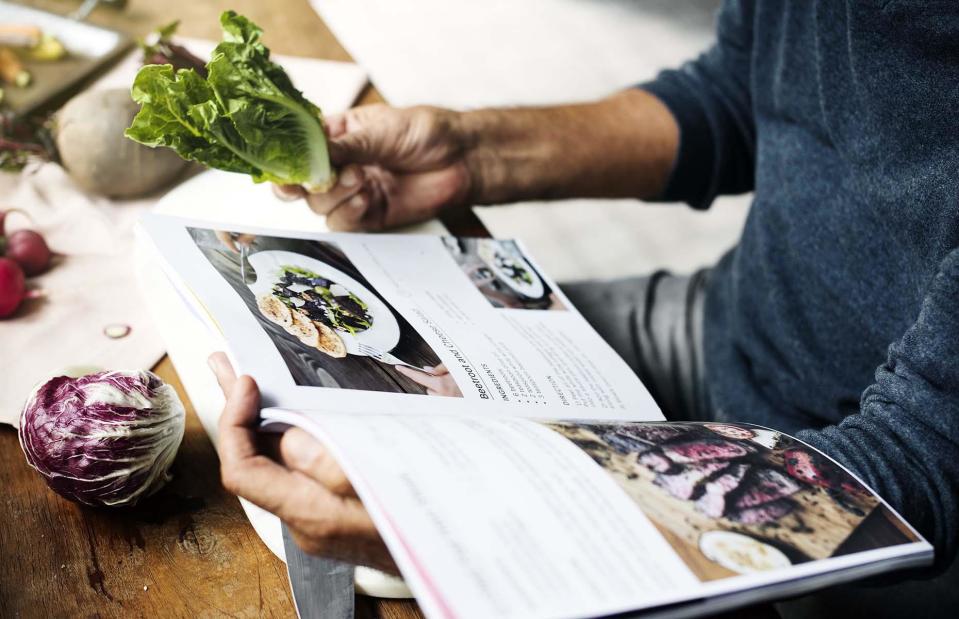
Rawpixel.com/Shutterstock
You lay out the ingredients for a recipe you're eager to try, you start reading through the steps – and then you realise you should've marinated the meat for at least two hours. There's almost no chance you can improvise at this point, especially if you're expecting guests, or if you're not willing to eat hours later than planned. The moral of the story? Before buying your ingredients, read the recipe steps, not just the ingredients list, and plan your time accordingly.
Opening the oven door halfway through cooking
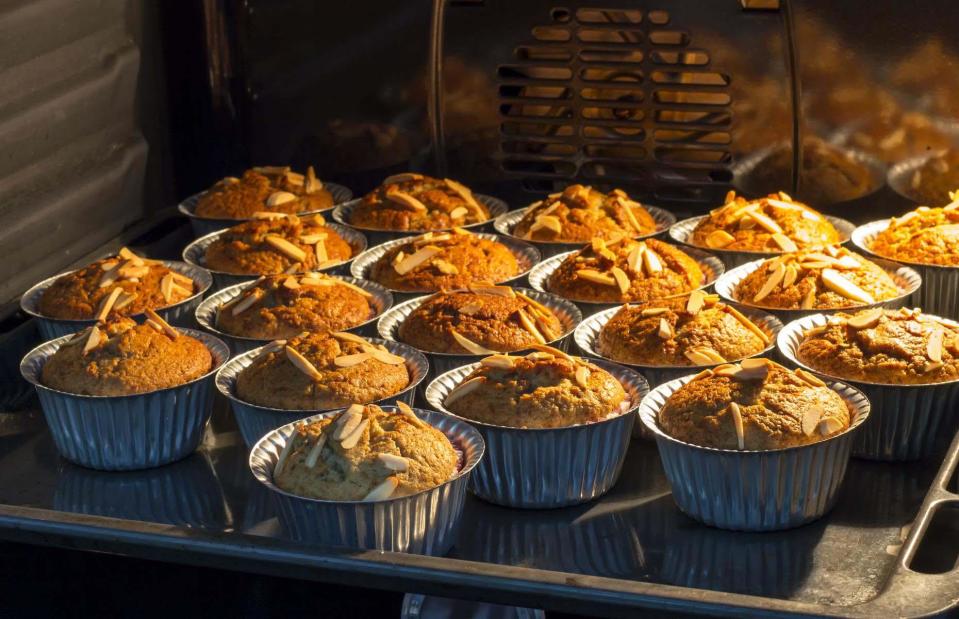
Surasak_Photo/Shutterstock
Impatience is the root cause of many kitchen nightmares, especially when oven temperatures and baking are involved. It’s natural to want to watch your cakes rise, but every time you pop the door open, the oven cools down and takes time to get back up to temperature. It’s inefficient and extends the cooking time – and it also means that a variety of bakes, from meringues to bread, may fail entirely.
Cooking in a cold pan
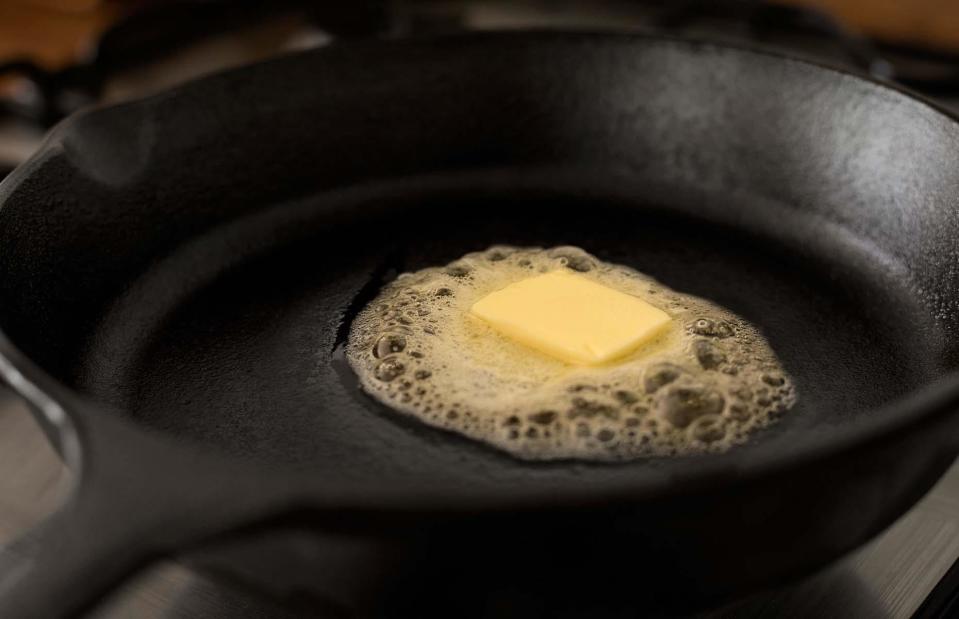
Moving Moment/Shutterstock
A hot pan sears meat properly, caramelising and browning it, which improves its appearance and enhances its flavour complexity. Failing to get the pan up to a fierce heat means missing out on all that potential – and this goes for almost everything, not just steak. There's hardly anything you'd ever put in a cold pan straight away.
Overfilling a frying pan
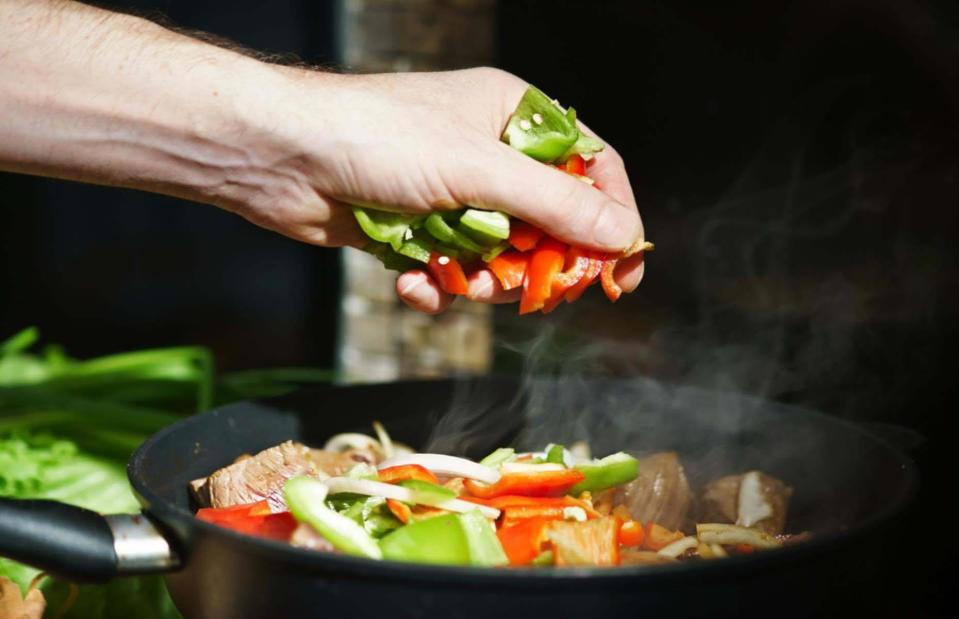
RazoomGame/Shutterstock
Much of the point of frying is to add colour and cook food evenly and thoroughly. Overfilling a pan or wok with ingredients means that some won’t touch the bottom, but will simply steam-cook, or boil in their own juice – which is fine if you want steamed food (though using a steamer would be better).
Guessing baking quantities
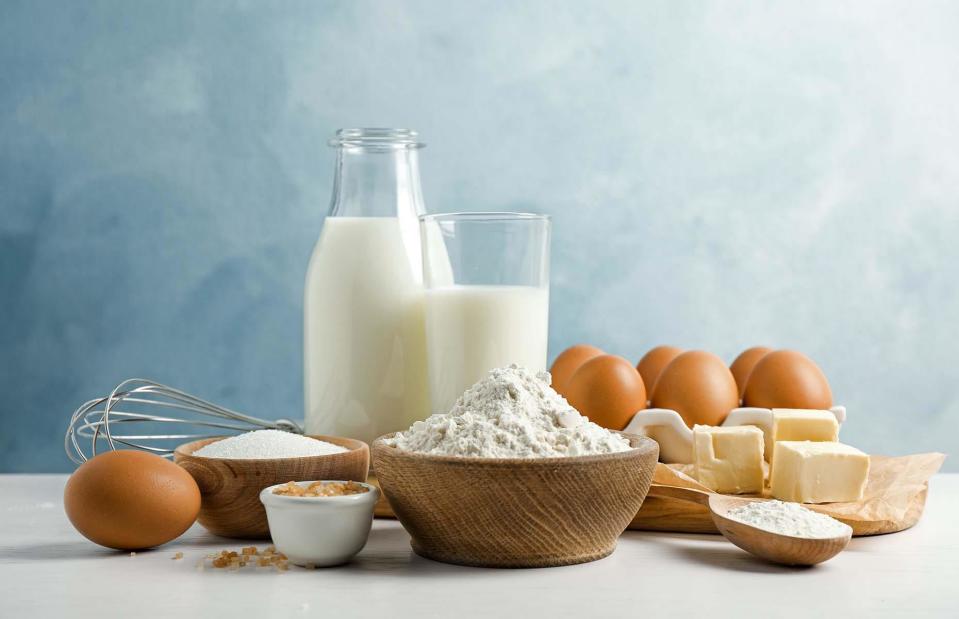
New Africa/Shutterstock
'A little bit of this and a little bit of that' can be a great approach to cooking savoury dishes. But if you don't bother to measure out your ingredients when baking, it's likely to end in disaster. There’s a reason most recipes are triple tested before they’re published: they often don’t work if you're loose with the quantities. Baking is a very specific science, especially when it comes to ingredients reacting with each other to create rise, lamination and porousness.
Underestimating how slowly a slow cooker cooks
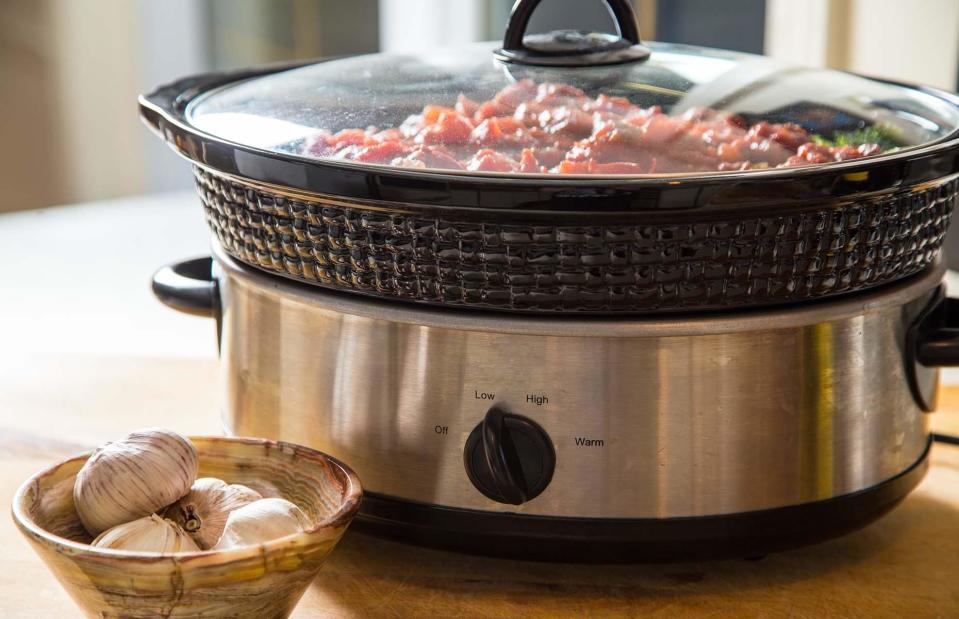
sherwood/Shutterstock
A standard slow cooker instruction manual will contain recipes for cooking both on high and low, but even the fastest of recipes on high will still take at least two hours – and if the dish includes meat, you're looking at four hours or so. To get the most from your slow cooker, you'll need to embrace a leisurely approach and not rush the cooking.
Using boiling water for coffee and tea
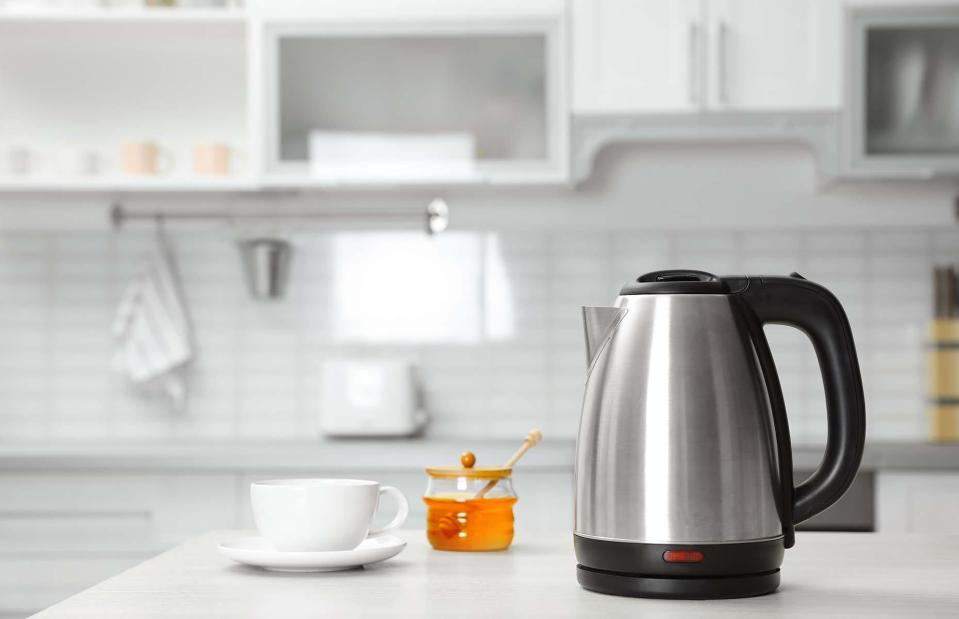
New Africa/Shutterstock
It’s a little-known rule that boiling water isn’t great for tea and coffee; it burns the grounds (or leaves) and increases bitterness in the cup. Using water that's slightly off the boil should result in a much tastier brew. America's National Coffee Association suggests a temperature of between 90-96°C (195-205°F) for the perfect cup of coffee.
Under-seasoning during cooking
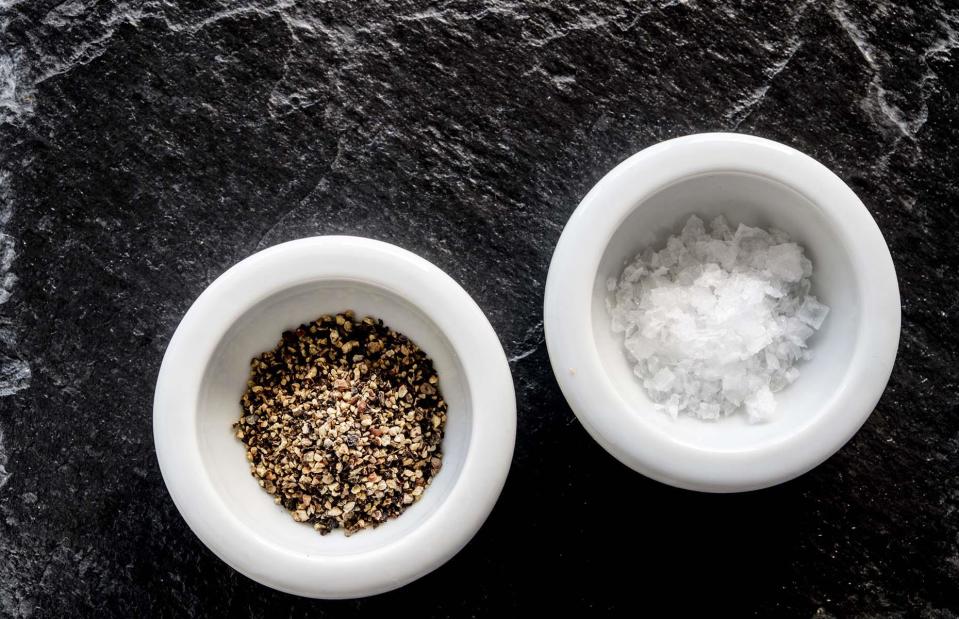
rosn123/Shutterstock
Whether it’s adding salt to pasta water or grinding pepper into a rich stove-top stew, sometimes we forget the importance of seasoning. Seasoning mostly refers to just salt and pepper as they're both essential for creating a balanced dish, but it sometimes also includes herbs and spices, as well as other flavours. Note how many times cookery show contestants fail, purely because they didn’t season their dishes correctly.
Barbecuing when the flames are still kicking up
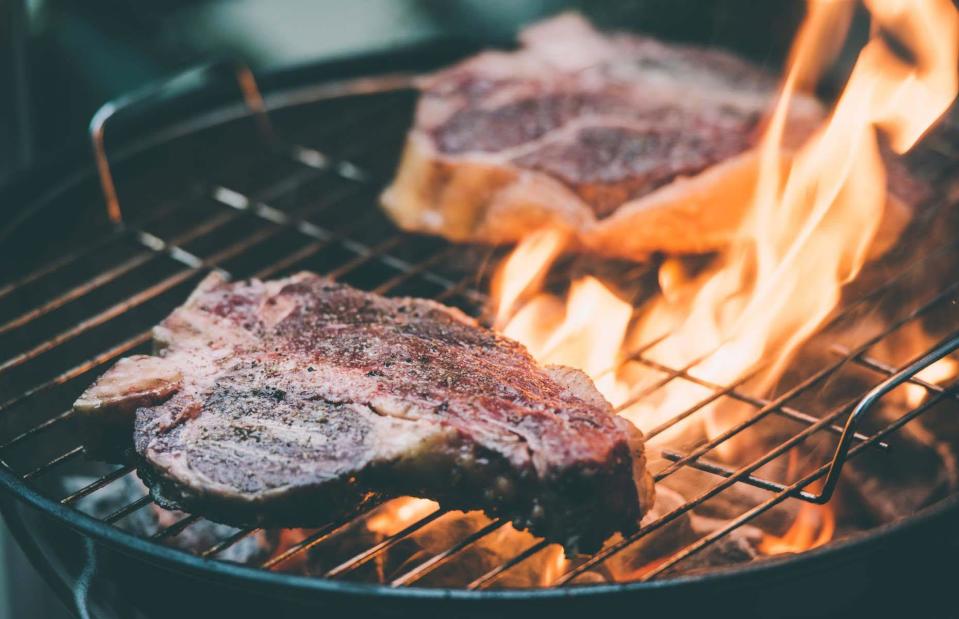
Yulia Grigoryeva/Shutterstock
When the sun comes out and we finally bust out the barbecue, we often get a little over-excited and throw the meat on the grill while the coals are still kicking up massive flames. Cue meat – and vegetables – that are burnt on the outside and raw on the inside. You'll get much tastier results if you wait for the flames to die down and cook over the hot coals.
Forgetting to wash vegetables and salads
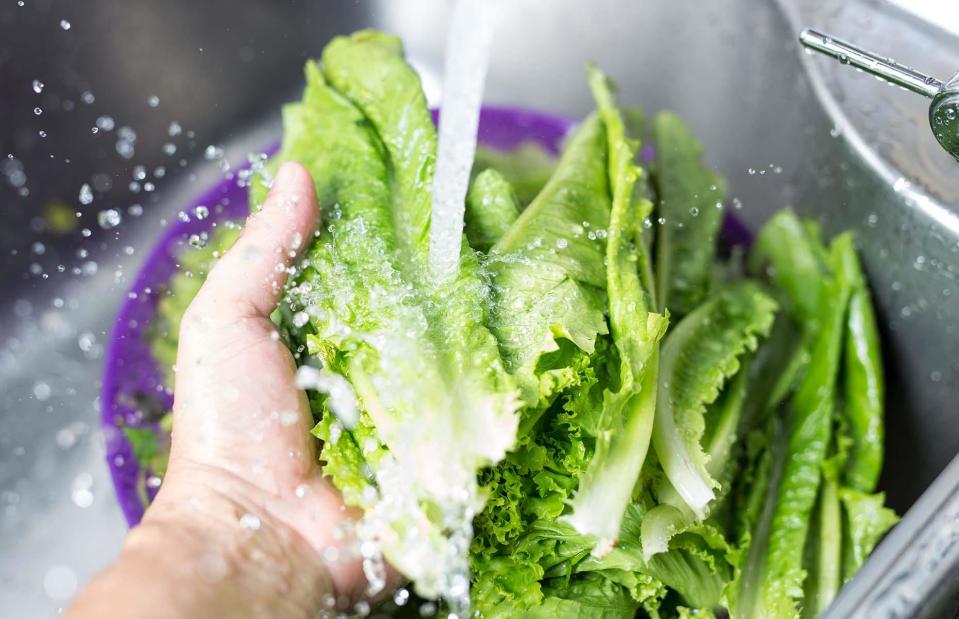
Pj Aun/Shutterstock
We often unintentionally forget to wash fruit, vegetables and salad leaves – but it’s good practice to wash everything, rinsing off any pesticides, bacteria and dirt, and thus reducing our chances of getting ill. It also makes it much less likely that caterpillars and other insects will accidentally end up in your salad.
Washing chicken and other raw meats

MAHATHIR MOHD YASIN/Shutterstock
Washing raw meat like chicken or turkey used to be a common practice in home kitchens – but the latest advice from the Food Standards Agency is to avoid doing so. Rinsing meat will splash bacteria all over your kitchen, sink, cloths and utensils. Instead, follow basic food hygiene while preparing chicken, and cook it thoroughly to avoid contamination.
Throwing perfectly good food away
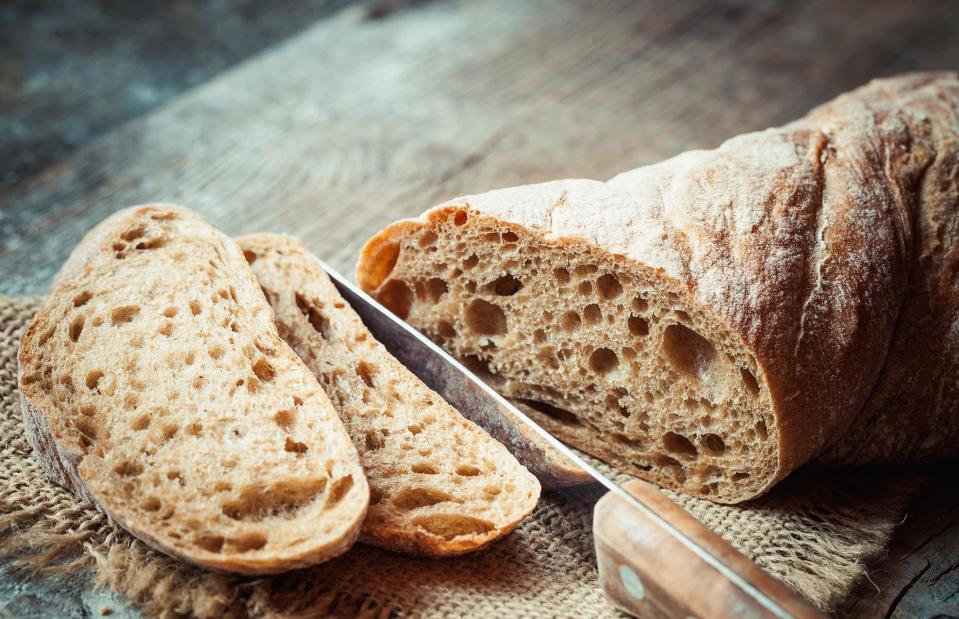
Chamille White/Shutterstock
Let’s not confuse best before dates with use by dates – the former are merely a guideline, while you should exercise caution with the latter. Throwing food away before we really need to is a waste of money, and terrible for the environment. There are lots of ways to perk up food that's a little past its best, from using overripe bananas to make banana bread to reviving stale baguettes by splashing them with water, then popping them back into the oven for a few minutes.
Not tasting a dish as you cook it
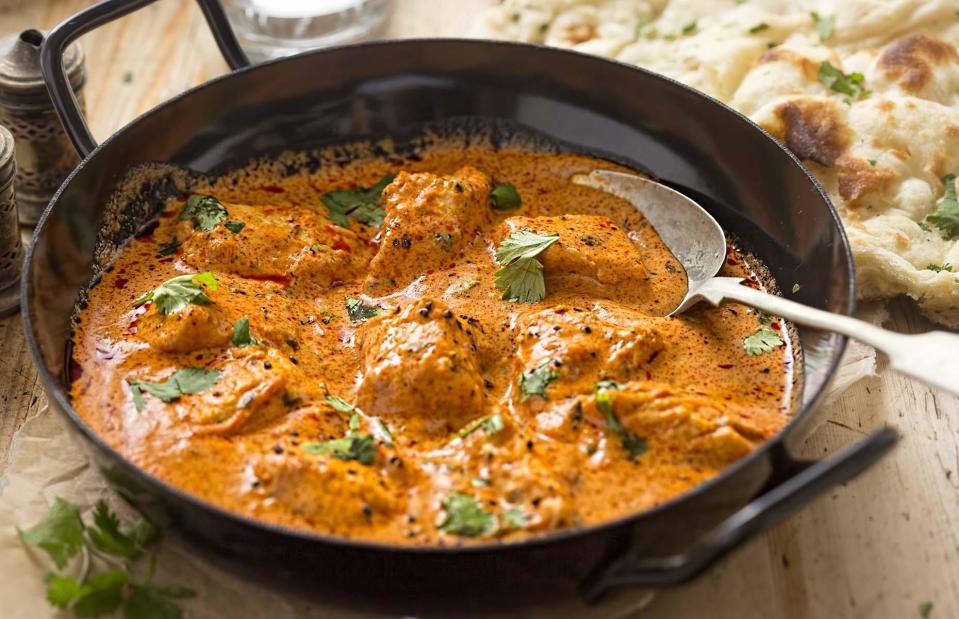
Bartosz Luczak/Shutterstock
Without tasting it first, how do you know when a curry has reached the heat level you like, or whether a broth is seasoned enough? How about whether a sauce needs a little acidity or sweetness? You might get lucky when cooking familiar dishes you know by heart, but if you're trying something new, it's essential to taste as you go.
Licking the spoon you're using to cook
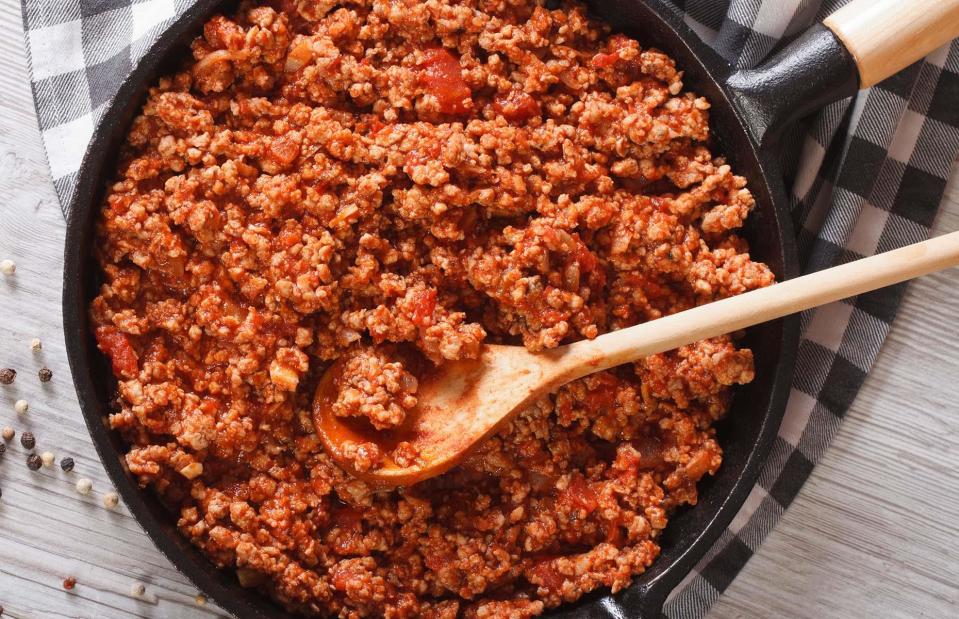
AS Food studio/Shutterstock
Licking the spoon might be fine if you're cooking for yourself, but if you're catering for others it's horribly unhygienic. If you want to try the dish you're making, use a teaspoon and don't double-dip; wash it or put it away in the sink or dishwasher as soon as it's been in your mouth. The same goes for dipping your fingers in to taste food – a real no-no!
Using old herbs and spices
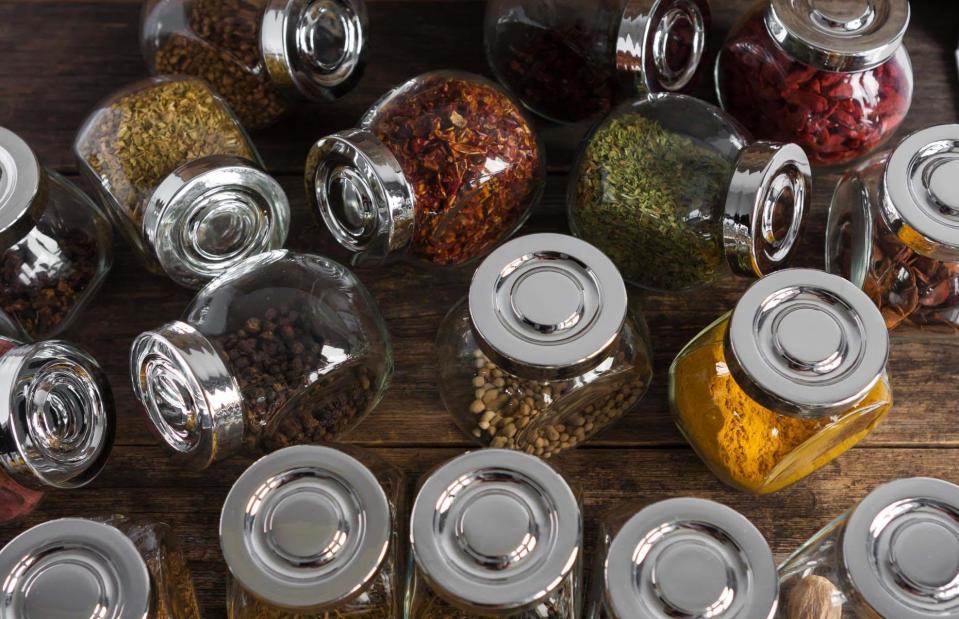
Cls Graphics/Shutterstock
We all have an array of herbs and spices in our cupboards that don’t always see the light of day – which means that when they do come out, they’re not always in great condition. If a spice mix comes out of the jar in a solid lump, throw it out. Use fresh flavourings when you can (especially when it comes to things like herbs and chilli) and buy in small quantities for maximum flavour.
Cooking the same dishes time and again
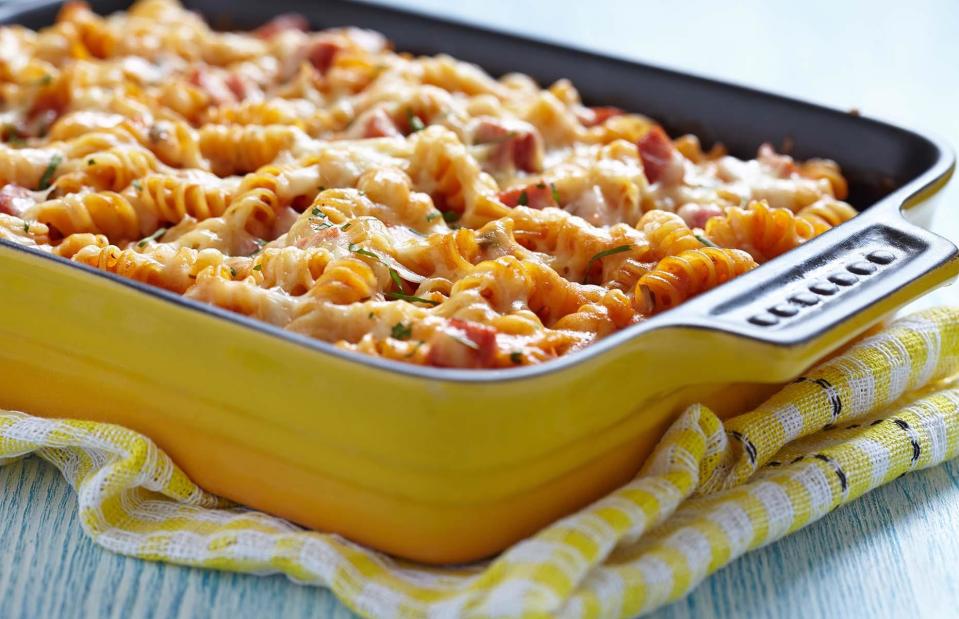
Elena Shashkina/Shutterstock
If you're not a confident cook or you have especially picky eaters in the family, you might be tempted to fall back on the same tried-and-tested recipes, time and time again. But if you stick with what you know and never try something new, you'll miss out on a whole host of dishes that you might enjoy even more. Our advice? Switch things up every now and then.
Using metal utensils on non-stick pans
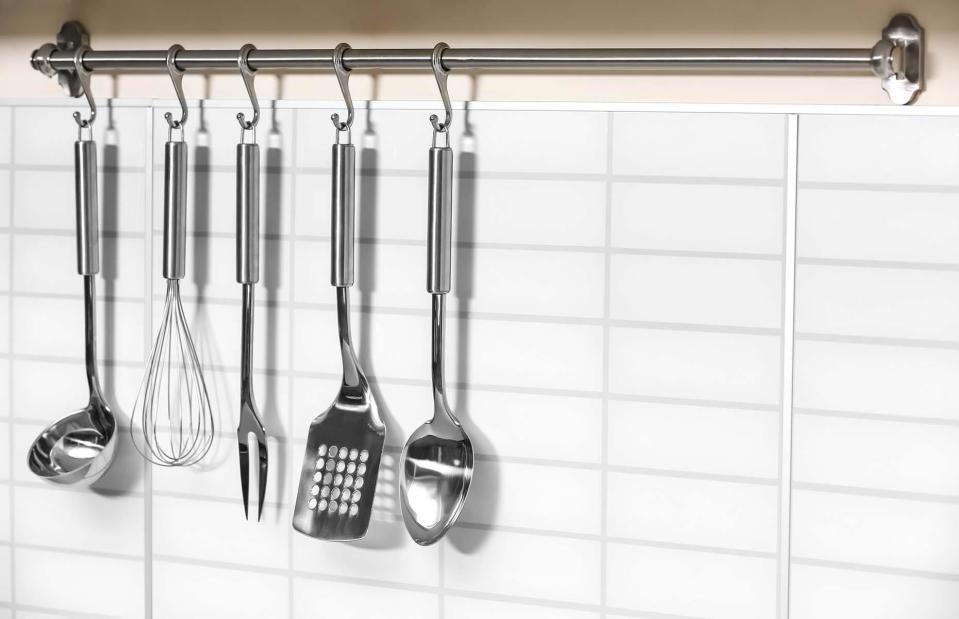
Africa Studio/Shutterstock
Non-stick pans really are amazing. They’re easier to cook with, serve from and clean – and they're a godsend for making dishes such as omelettes and fish. They're also great if you want to cook healthier meals, using less fat like oil or butter. Yet there's one very quick way to ruin them: using metal utensils, which will damage the non-stick layer and cause it to flake off, quickly shortening the life of the pan. To protect your pans, get a few nylon, silicone or wooden utensils to have on hand every time you cook.
Using extra virgin olive oil for frying
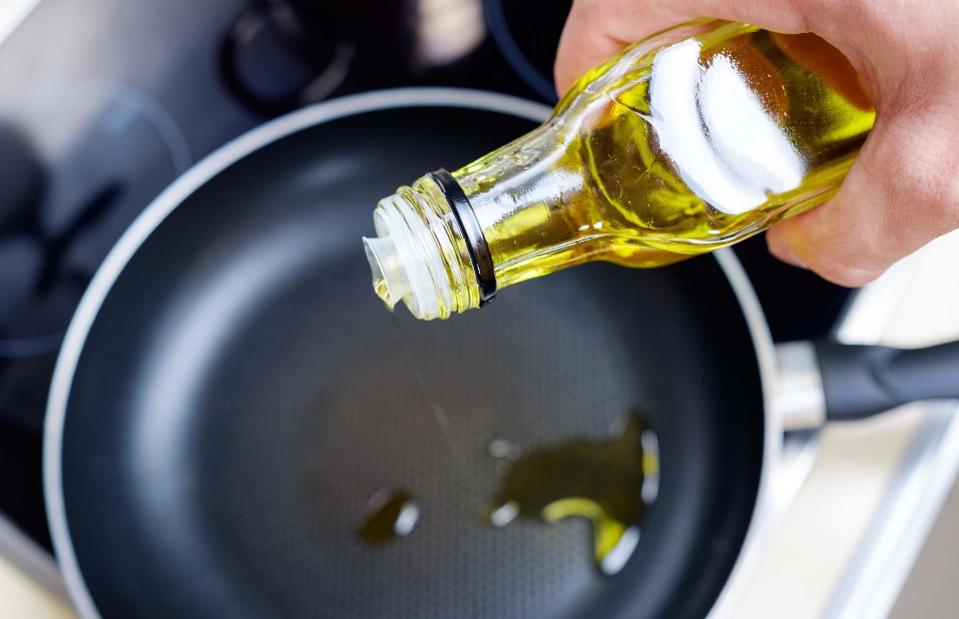
Iurii Stepanov/Shutterstock
Extra virgin olive oil has a lower smoke point than other types of oil – so while it tastes great drizzled over salad or mozzarella, it’s useless (and even dangerous) for shallow-frying steak or deep-frying chips. Instead, try oils with a higher burn point, like vegetable or sunflower oil.
Serving meat too soon
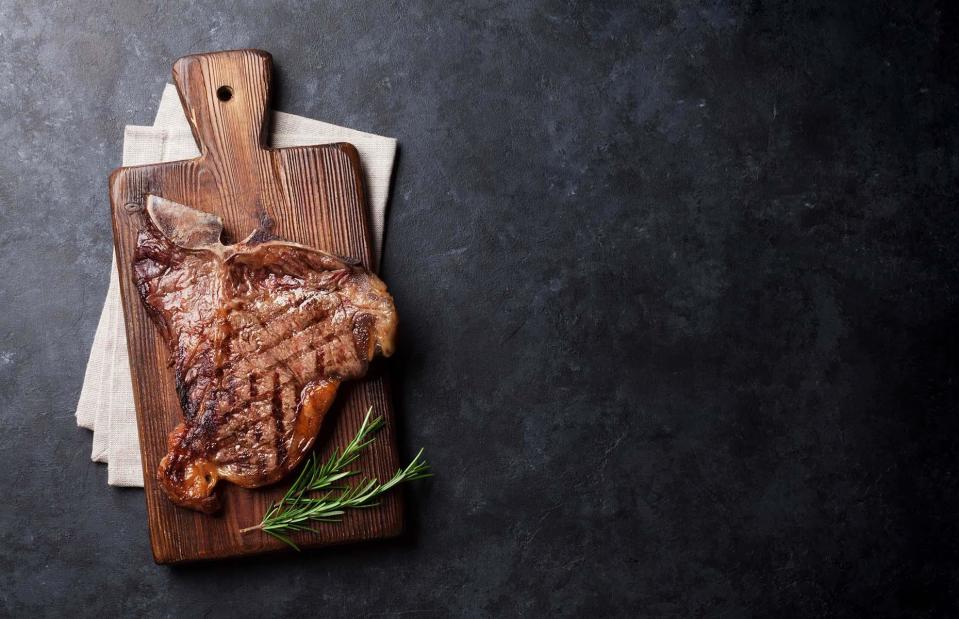
Evgeny Karandaev/Shutterstock
Searing a pork or lamb chop adds lots of flavour, but it also makes the meat tense up. For the best results, remove your meat from the pan or the oven once cooked, loosely cover it with tin foil and let it rest for about 10 minutes. In that time, the meat will relax and the juices will redistribute evenly. It will also prevent medium steaks from bleeding out onto the plate when sliced.
Using blunt knives
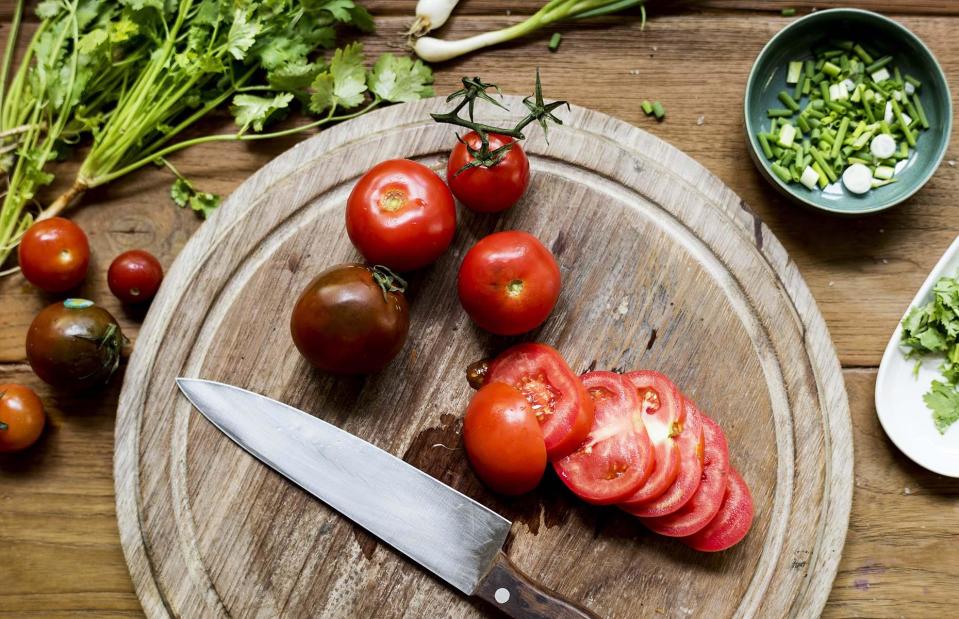
Rawpixel.com/Shutterstock
Blunt knives not only require more effort to use than sharp knives, but they also make it harder to cut as you intend. With a blunt knife, the more pressure you apply, the more likely you are to injure yourself. Counterintuitively, a sharp knife is actually a safer knife, as it will give you a lot more control and precision over the cuts you're making.
Over-stirring the pan as you cook
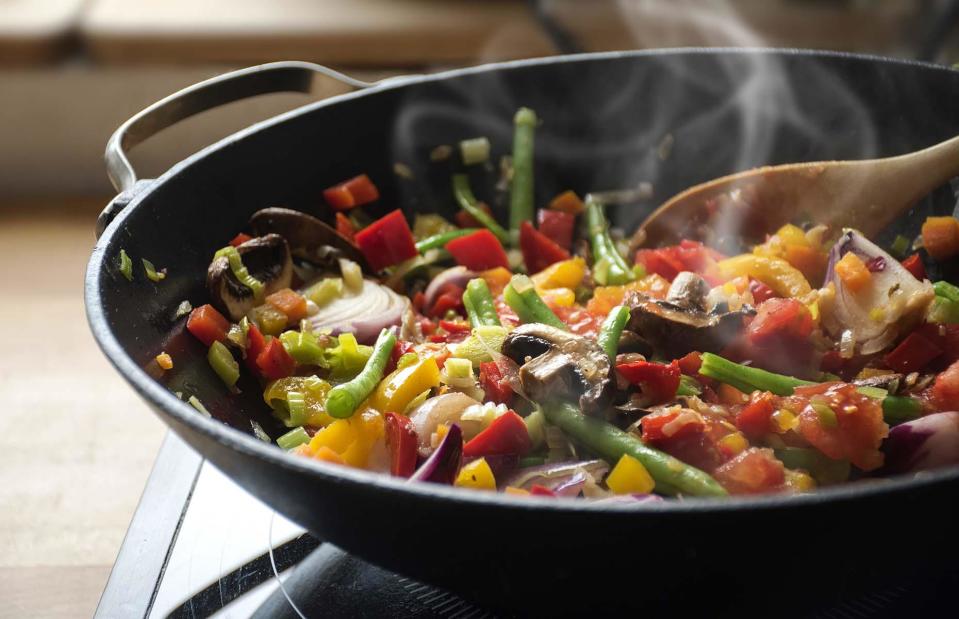
Maren Winter/Shutterstock
A lot of foods benefit from contact with the bottom of the pan, which gives them flavour and colour. But constantly churning ingredients with a wooden spoon deprives them of that contact, making it more likely that you'll end up with a shapeless mush. Let the ingredients fry – and when ready, use the pan to mix them. Lift your pan at a slight angle, push it away, then bring back up in a circular motion to mix. It might take some time to master, but trust us, it'll be worth it.
Cooking meat straight from the fridge
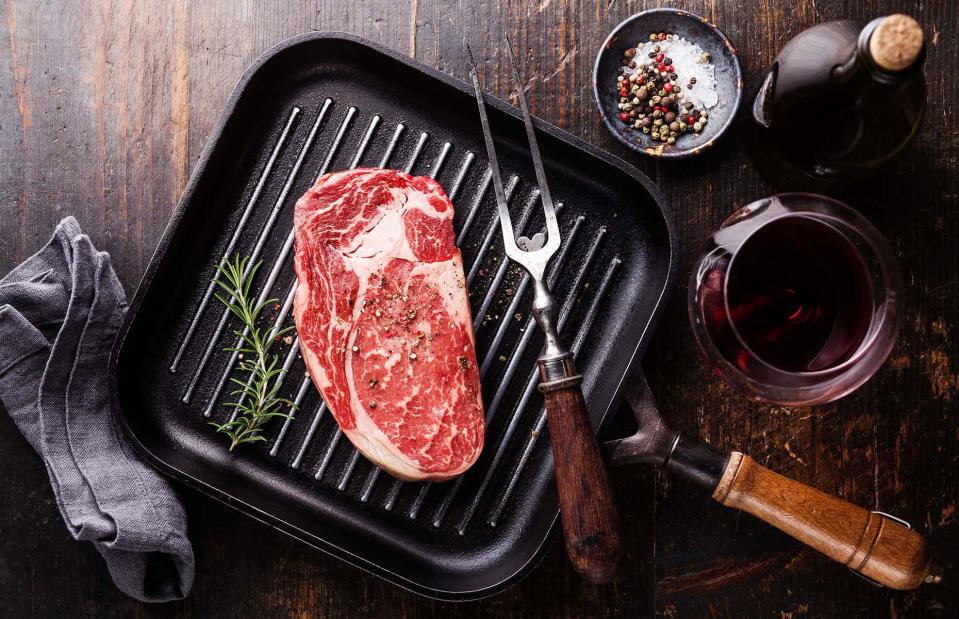
Natalia Lisovskaya/Shutterstock
Taking steak and other raw meats from the fridge and putting them straight into the pan is likely to result in meat that's overcooked on the outside and still raw in the middle. Instead, take your meat out of the fridge about half an hour before cooking (depending on the size) so it can come up to room temperature.
Leaving butter uncovered
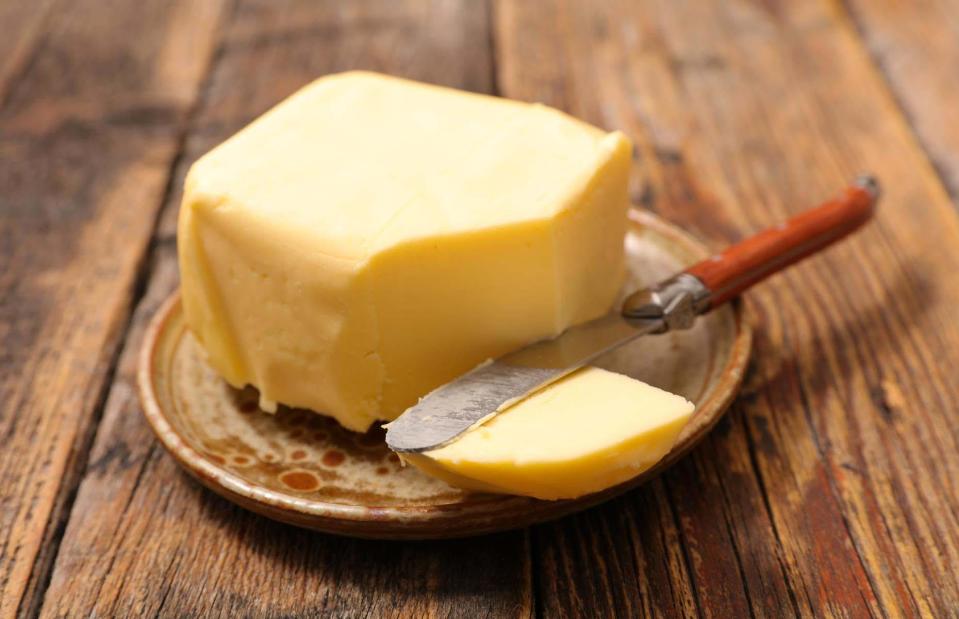
margouillat photo/Shutterstock
Sure, it might be easier to leave your butter uncovered – but it absorbs smells, so can pick up the taste of anything with a strong aroma that’s left in the fridge. To avoid this, refrigerate your butter in its original packaging within a re-sealable plastic bag, or use a butter dish with a cloche.
Pre-cooking lasagne sheets
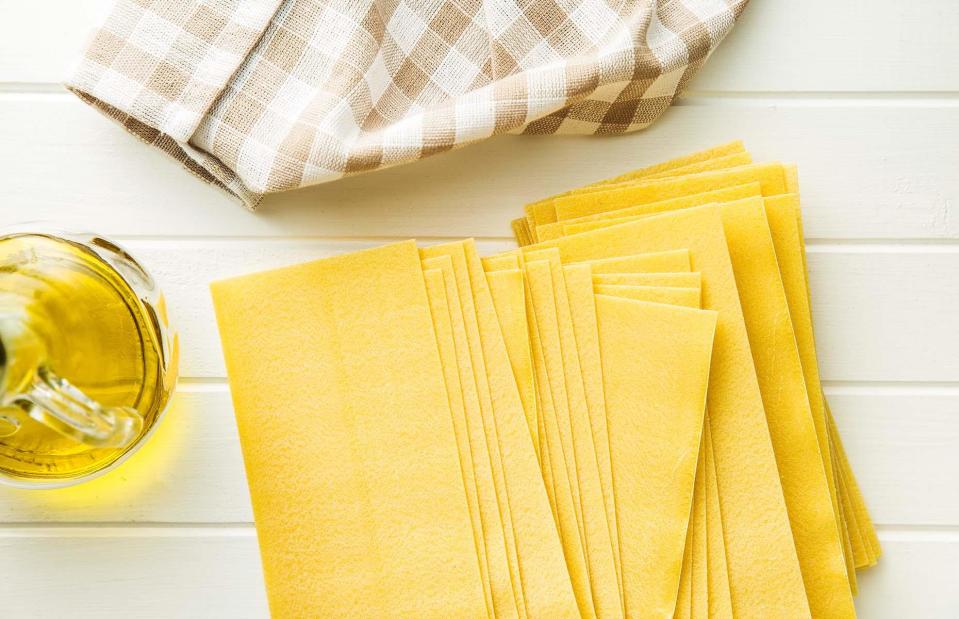
Jiri Hera/Shutterstock
When making a lasagne, lots of home cooks add in the unnecessary (and time-consuming) step of pre-cooking their lasagne sheets. However, if you have plenty of liquid in your sauce – and if you bake your lasagne for at least 20 minutes – the pasta will cook to perfection. If you pre-cook your lasagne sheets first, you'll run the risk of overcooking them and turning the whole thing into a mushy mess.
Using the same chopping board or knife for raw meat and vegetables
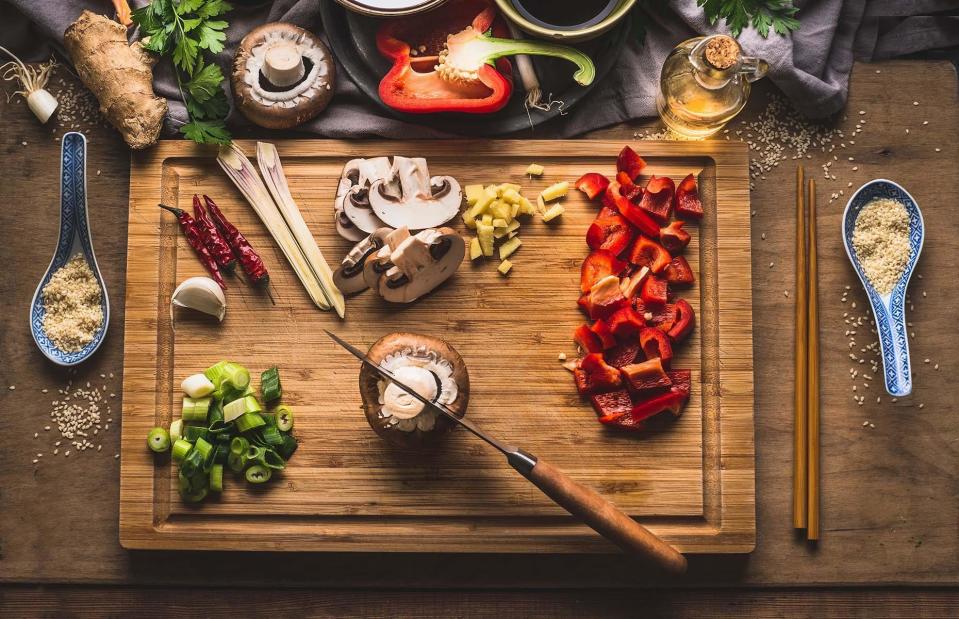
VICUSCHKA/Shutterstock
You should always use a separate chopping board and knife for raw meat, so food doesn’t cross-contaminate. Raw or undercooked meat is one of the main causes of food poisoning, and having different chopping boards and knives for vegetables and meat will reduce the risk. At the very least, be sure to give your cutting board and knives an extremely good clean after they touch raw meat.
Letting your pets near food

Dirk Ott/Shutterstock
Do you know where your cat's paws have been all day? Don’t let your cat, dog or any other animal walk on the table or kitchen surface. It also goes without saying that you shouldn't let your pets lick any ingredients or cooking utensils if you want to avoid picking up bacteria.
Not wiping surfaces after cooking
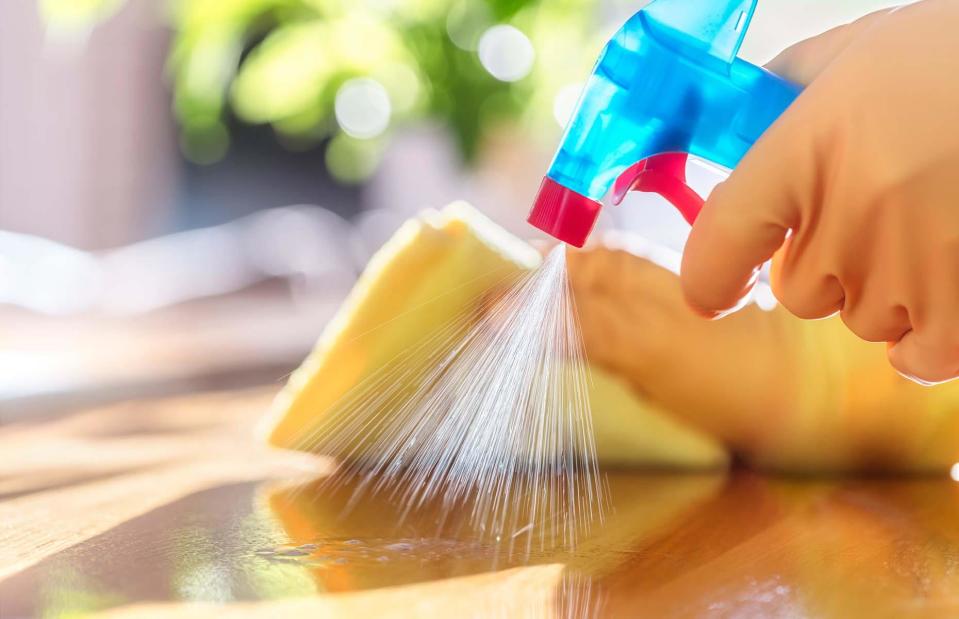
Brian A Jackson/Shutterstock
This is especially important if you've prepped and cooked raw meat. Be sure to disinfect your kitchen surfaces after cooking, and wipe them down to prevent bacteria from spreading. A lack of crumbs, sugar and other bits of food on your counters will also keep things like ants and fruit flies at bay. Another tip: change your sponges and dishcloths regularly so they don’t pick up bacteria and spread it all around your kitchen.
Mixing meaty and vegetarian foods
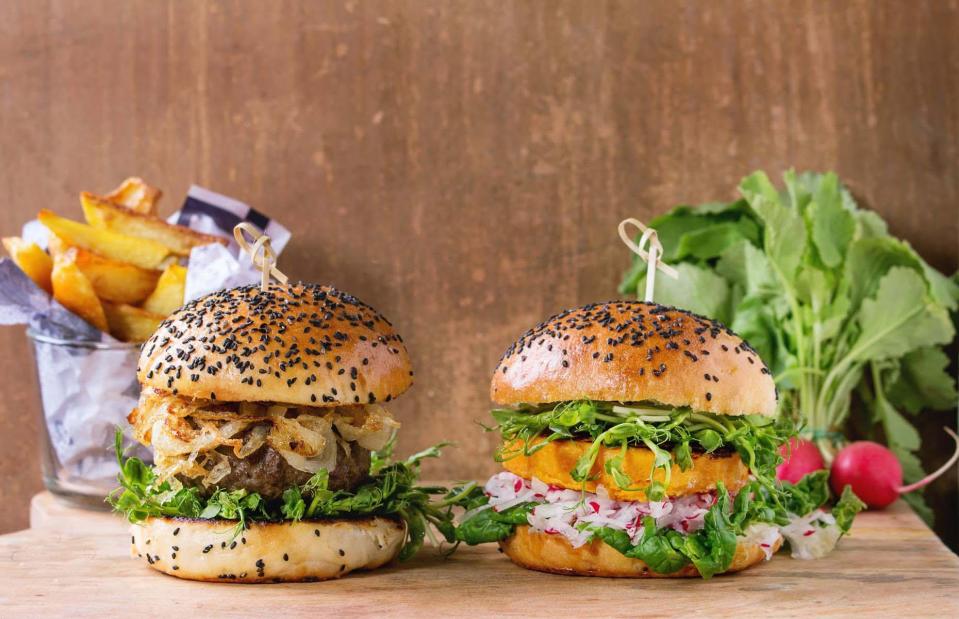
Natasha Breen/Shutterstock
When catering for both meat-eaters and vegetarians or vegans, you might find yourself eyeing up two identical wooden spoons, trying to remember which one was stirring the pan with meat in it. Tempted to look over your shoulder, check no one is watching and take that 50:50 chance? Don't do it – it's seriously bad form. Instead, be sure to replace both.
Putting non-stick pans in the dishwasher

Nanisimova/Shutterstock
Even if your pans claim to be dishwasher-safe, don't be tempted to pop them in with the rest of the plates and cutlery after a meal. Your dishwasher's high temperatures and strong cleaning chemicals will start to wear down the non-stick coating on your pans, and you'll have to replace them much sooner than you'd like. Play it safe and stick to washing them by hand.
Using the wrong knife
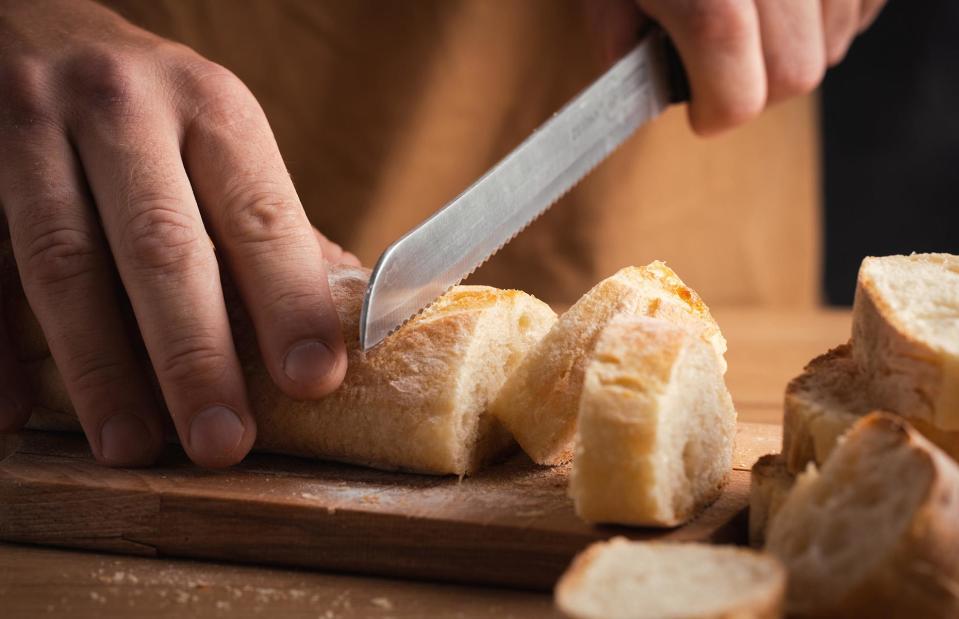
alexanderon/Shutterstock
One of the biggest mistakes home cooks make is not using the right knife – so here's a quick guide. Serrated knives are ideal for cutting bread, but are also good for slicing soft produce (like tomatoes and strawberries) and sawing through larger, tougher items such as celeriac. Paring knives are ideal for fiddly jobs like peeling, removing seeds and de-veining prawns, while good-quality chef's knives are perfect for general slicing and dicing tasks.
Now discover 23 bad eating habits you need to break right now


